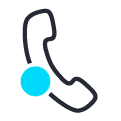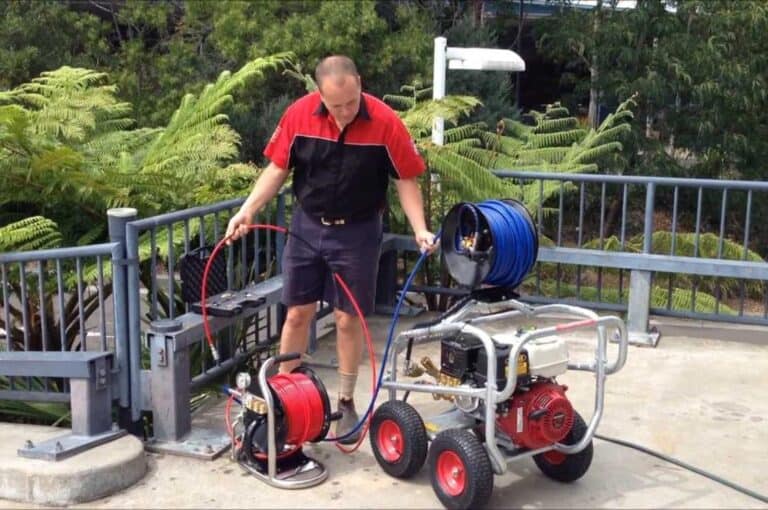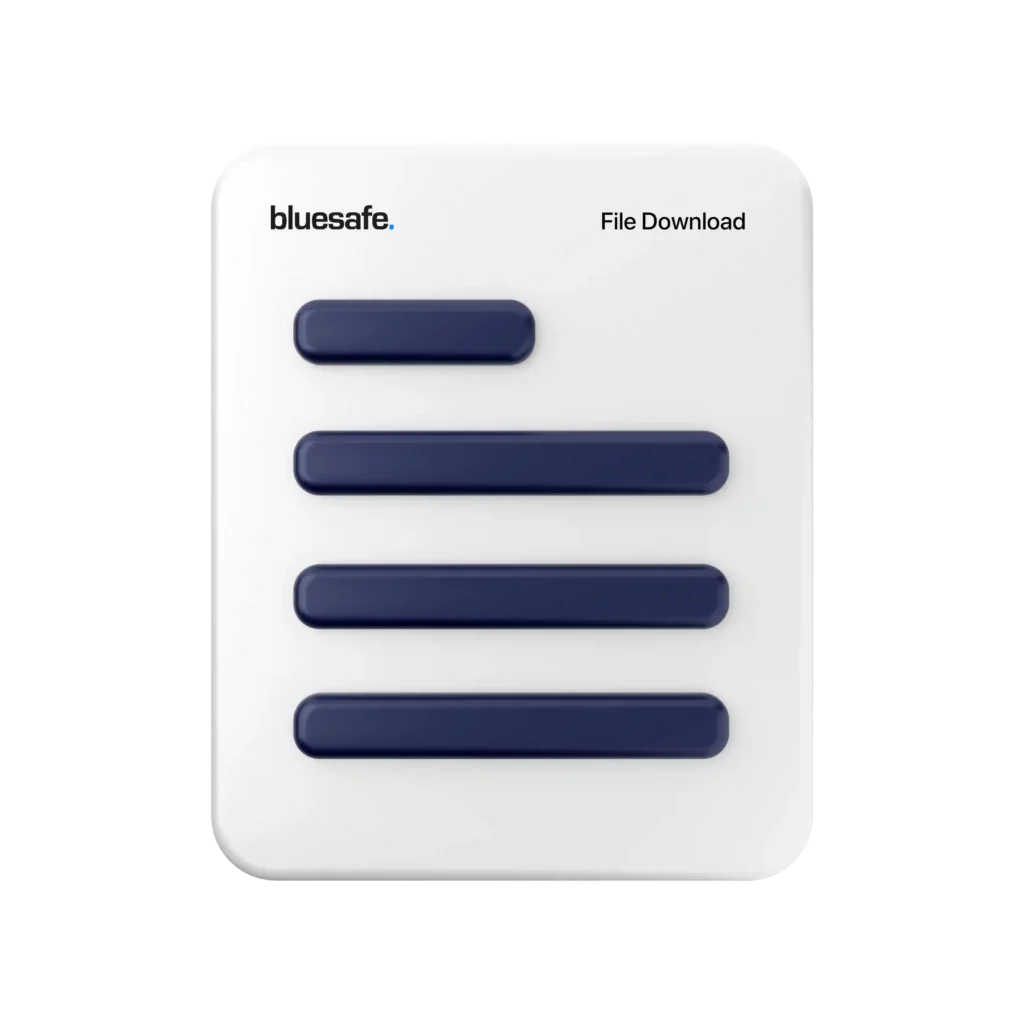Introducing our Safe Work Method Statement Template for Water Jetter – a helpful tool for ensuring safety in your water jetting projects. This comprehensive template has been carefully designed to provide you with everything you need to complete your work safely and efficiently. Here are some of its key features:
- Pre-filled and Comprehensive: Our template comes pre-filled with all the essential information you need to get started. You don’t have to worry about missing any critical details. It’s also comprehensive enough to cover all aspects of the job, from start to finish.
- Fully Editable and Customisable: Our template is designed in Microsoft Word format, so it’s easy to edit and customise to your specific needs. You can add or remove sections, change the wording, and tailor it to your unique situation.
- Includes Scope and Project Details: The template includes a section for defining the scope of the project and detailing all relevant information, such as the location, dates, and the parties involved.
- Includes Checklist of High-Risk Machinery: Our template includes a checklist of all high-risk machinery that will be used on the site, ensuring that you take all necessary precautions.
- Includes Space for Recording Staff Training: The template has space for recording any staff training, ensuring that everyone involved in the project is adequately trained and prepared for the job.
- Includes Before and After Risk Ratings: The template includes before and after risk ratings, so you can measure the effectiveness of your safety measures.
- Includes Resources for Legislative References: Our template includes all relevant legislative references, ensuring that you comply with all legal requirements.
- Includes All PPE Required: The template lists all PPE required for the job, ensuring that everyone on the site is adequately protected.
- Includes Risk Assessment and Matrix: The template includes a risk assessment and risk assessment matrix, so you can identify potential hazards and mitigate them effectively.
- Includes Checklist for Ensuring All Requirements are Covered: The template includes a checklist to ensure that you’ve covered all requirements when implementing the SWMS.
- Includes Sign-Off Page for All Workers and Responsible Persons: The template includes a sign-off page for all workers and responsible persons, ensuring that everyone involved in the project acknowledges their responsibility for safety.
- Easy to Use and Customise: Our template is designed to be user-friendly, with a clear and concise layout that makes it easy to navigate. It’s also easy to customise to your specific needs.
- Suitable for Large Contracts and Tenders: Our template is suitable for large contracts and tenders, including tier 1 contractual work.
- Instantly Delivered Download: Our template is available as an instant download, so you can get started right away.
Overall, our Safe Work Method Statement Template for Water Jetter is a helpful tool for anyone working in the water jetting industry. It’s easy to use, comprehensive, and customisable, making it the perfect solution for ensuring safety on any water jetting project.
Here is some safety information regarding the water jetter.
Purpose: The purpose of this Safe Work Method Statement (SWMS) is to provide guidance and ensure the safety of personnel when operating a water jetter for cleaning and maintenance of drains and pipes. This SWMS outlines the potential hazards and control measures that must be implemented during the operation of a water jetter.
Hazards: The operation of a water jetter poses several hazards that must be identified and controlled before the start of work. The following hazards have been identified:
High-pressure water jet: The high-pressure water jet can cause serious injuries to personnel. The jet can penetrate the skin and cause lacerations, and it can also cause serious eye injuries.
Slip, trip and fall hazards: The presence of water on the ground can cause slip and trip hazards. The operation of the water jetter can also create trip hazards if hoses and cables are not correctly positioned.
Electrical hazards: The use of electrical equipment to power the water jetter can pose electrical hazards.
Noise hazards: The noise generated by the water jetter can exceed safe levels, leading to hearing damage.
Control measures:
To mitigate the risks associated with the operation of a water jetter, the following control measures must be implemented:
Personal Protective Equipment (PPE): All personnel operating the water jetter must wear the appropriate PPE, including safety glasses, hearing protection, gloves, and safety footwear.
Training: All personnel operating the water jetter must be trained on how to operate the equipment safely and effectively. Training must include an understanding of the hazards associated with the operation of the water jetter and how to control these hazards.
Safe work procedures: Safe work procedures must be developed and followed to ensure the safe operation of the water jetter. This includes ensuring that hoses and cables are correctly positioned to avoid trip hazards, and that the area is properly barricaded to prevent access by unauthorised personnel.
Risk assessments: A risk assessment must be conducted before the start of work to identify potential hazards and develop appropriate control measures.
Electrical safety: Electrical equipment used to power the water jetter must be inspected and tested regularly to ensure that it is safe to use. All electrical equipment must be correctly grounded to prevent electrical hazards.
Noise control: Noise levels must be monitored during the operation of the water jetter, and hearing protection must be provided to personnel when noise levels exceed safe levels.
Emergency procedures:
In the event of an emergency, the following procedures must be followed:
Stop work immediately and shut down the water jetter.
Call emergency services if required.
Administer first aid to any injured personnel.
Conduct an investigation to determine the cause of the emergency and implement appropriate corrective actions.
Conclusion:
The safe operation of a water jetter requires the identification and control of potential hazards. By implementing the control measures outlined in this SWMS, personnel can operate the water jetter safely and effectively.
Gary’s Safety Tips 
Hello everyone, my name is Gary and today I want to talk about a very important topic – the health and safety implications of a non-compliant Safe Work Method Statement.
Before we begin, let me make one thing clear – I am not an expert in workplace health and safety. However, I am well-versed in the importance of hard work and dedication, and I know that taking shortcuts is never the answer when it comes to running a business. And when it comes to health and safety, there can be no shortcuts taken.
So, what exactly is a Safe Work Method Statement? Simply put, it is a document that outlines the risks and hazards involved in a particular task or job, as well as the measures that need to be taken to eliminate or control those risks. It is a crucial document for any business that wants to ensure the safety of their workers, and it is also a legal requirement in many industries.
Let’s say you run a business and need to complete a task that requires a Safe Work Method Statement. You may be tempted to take shortcuts and skip over the necessary steps, thinking that you know the job well enough. However, this is a mistake.
There are serious legal consequences for not having a compliant Safe Work Method Statement. Depending on the industry and the severity of the breach, fines can range from a few thousand dollars to hundreds of thousands of dollars. In some extreme cases, imprisonment can even occur. Furthermore, there is also the reputational damage that comes from being known as a business that does not take health and safety seriously.
However, more importantly, there are serious risks to the health and safety of your workers. Without a proper Safe Work Method Statement, you are not taking the necessary steps to identify and eliminate or control hazards and risks. This can lead to accidents, injuries, and even fatalities in the worst-case scenarios.
As someone who has built multiple businesses, I can tell you that there is nothing more important than the safety and well-being of your team. Your workers are your most valuable asset, and it is your responsibility to do everything in your power to protect them.
So, what can you do to ensure that your Safe Work Method Statements are compliant and effective? Firstly, make sure you are following the relevant laws and regulations in your industry. This may require you to consult with a health and safety expert or do some research yourself.
Secondly, make sure you are involving your workers in the process. They are the ones who will be carrying out the task or job, and they often have valuable insights into the hazards and risks involved. By involving them in the process, you can ensure that your Safe Work Method Statement is comprehensive and effective.
Lastly, do not cut corners. While filling out paperwork can be tedious, it is a crucial step in ensuring the health and safety of your workers. Take the time to do it properly, and do not be tempted to skip steps or leave out important information.
In conclusion, the health and safety implications of a non-compliant Safe Work Method Statement are serious both legally and morally. As a business owner, it is your responsibility to ensure that your workers are safe and healthy, and that means taking the necessary steps to identify and control hazards and risks. Therefore, do not take shortcuts, do it right, and protect your most valuable asset – your team. Thank you and I will catch you next time.
Cheers,

![]()







